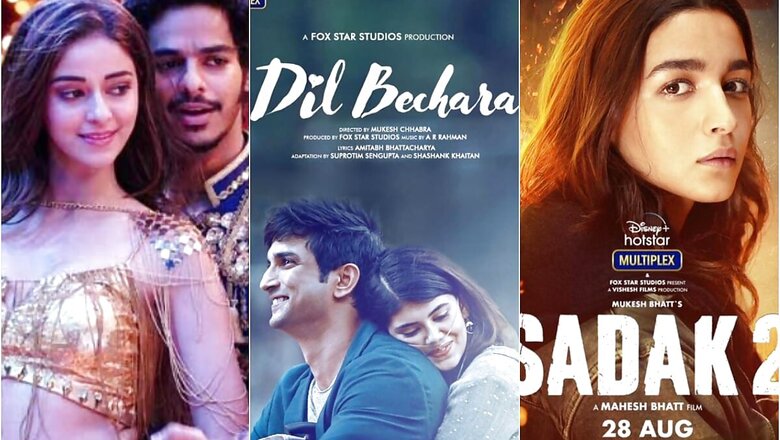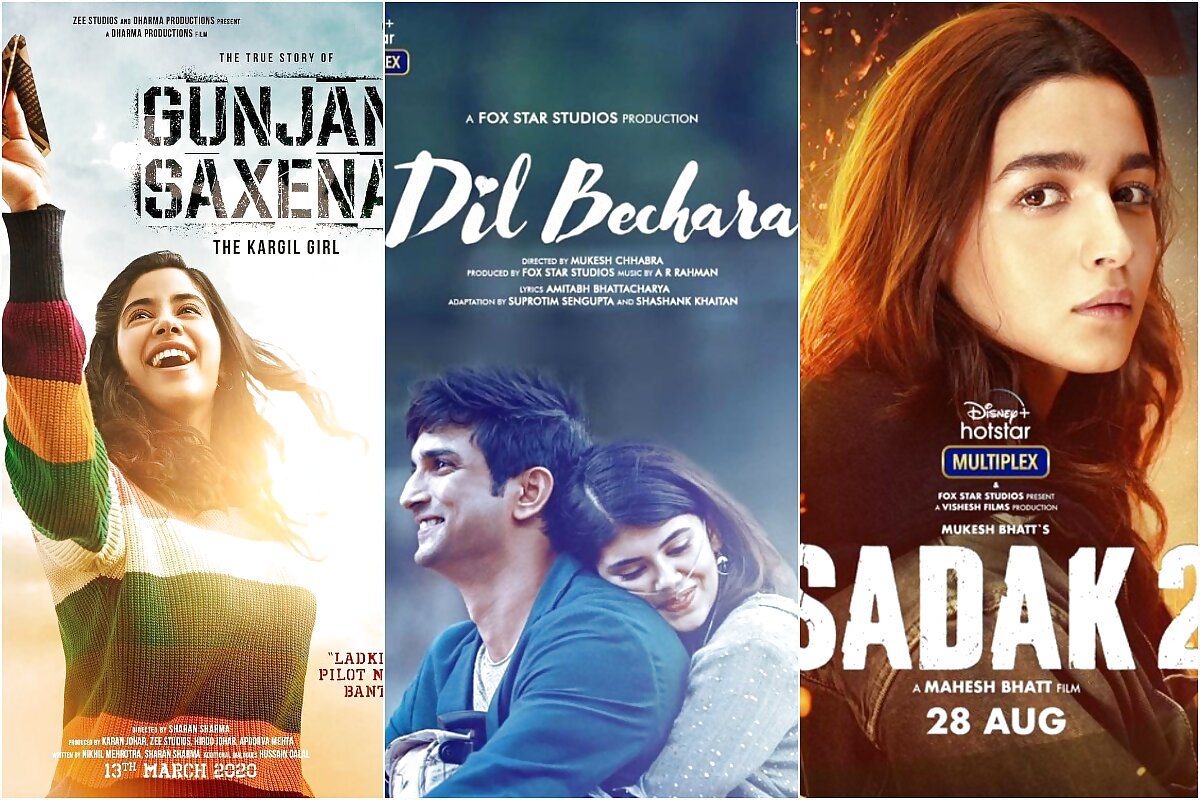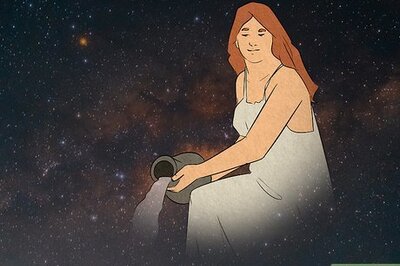
views
“Sexist."
“We are sorry Beyonce."
“Bollywood disappoints in 2020."
So went the sentiments of Twitter users upon the release of ‘Beyonce Sharma Jaayegi’, a song from Ishaan Khatter and Ananya Panday’s upcoming film Khaali Peeli. The social media outrage translated into raining dislikes on the song, and within a week, the video was downvoted more than a million times. Given the severe criticism, ‘Beyonce Sharma Jaayegi’ was altered to ‘Beyonse Sharma Jaayegi’. When the backlash didn’t cease, it was again changed to ‘Duniya Sharma Jaayegi’.
Affirming the impact of social media on content creation and consumption, this influence of online outrage changing the development of a movie is a relatively new phenomenon. In recent times, fans of movies and TV shows probably have more influence than any other point in the past, as now more consumers are capable of voicing their judgment.
Before this, the hype surrounding a dialogue in Ananya Panday’s previous film Pati Patni Aur Woh met with a similar fate. When the trailer of the film was released, many were upset over Kartik Aaryan’s dialogue where he made an apparent joke on marital rape. The outrage was so widespread that the actors and filmmakers had to issue an apology and the dialogue was changed. Likewise, modification of the title of Kangana Ranaut and Rajkummar Rao’s ‘Mental Hai Kya’ to ‘Judgementall Hai Kya’ was also done.
Justice League Snyder Cut is another example. Fans began a social media movement and the hashtag #ReleaseTheSnyderCut reverberated online for several years. Result? Warner Brothers announced that a director’s cut of Zack Snyder’s 2017′s DC Comics film will debut next year on HBO Max.
On the face of it, condensed in 280 characters or less the incessant outrage, magnified by social media where univocal arguments and moral judgments go hand in hand, the power dynamic has shifted. In the aftermath of Sushant Singh Rajput’s death, this has become more visible. While the trailer of Sushant’s posthumous release Dil Bechara became one of the most liked film trailers on YouTube, it also led to a trend of downvoting.
Within days of release, the trailers of Alia Bhatt starrer Sadak 2 and Janhvi Kapoor’s Gunjan Saxena: The Kargil Girl suffered brutal trolling with millions of dislikes on the videos. Something that hasn’t been observed in the past.

Since these films were released on OTT platforms, it cannot be concluded if this overwhelming online response would have translated at the box office or not. However, history is proof that beyond social media, when movies begin to release theatrically, these “outrages" have more than often benefitted the star or the product.
Sanjay Leela Bhansali’s Padmaavat explains this the best. The film courted serious controversies when aggressive protests were held alleging that the film misrepresents history and tarnishes the reputation of certain communities in Rajasthan. Also, objections to Deepika Padukone showing off her midriff in the film’s song led to some added CGI effects. But, when the film was released in theaters, it turned out to be a huge box office success.
On a similar note, controversies and outrage generated curiosity for Kabir Singh and that curiosity added into films’ success.
Shahid Kapoor’s Udta Punjab too was charged with a lot of enraged comments about the portrayal of a state in connection with drugs and a scene showing the lead actor urinating during a live performance in the film was much criticised. While the scene was altered, it did help in drawing more number of people to the ticket window.
These alterations in films based on online outrage perhaps show a shift of the balance of power between executives, fans and social media signalling that the audience is not a mere spectator now but a much active participant in content consumption. It is also a testimony to the relevance of social media platforms as they have the power to mould public opinion in a certain direction by starting trends, downvoting and other social media strategies.


















Comments
0 comment